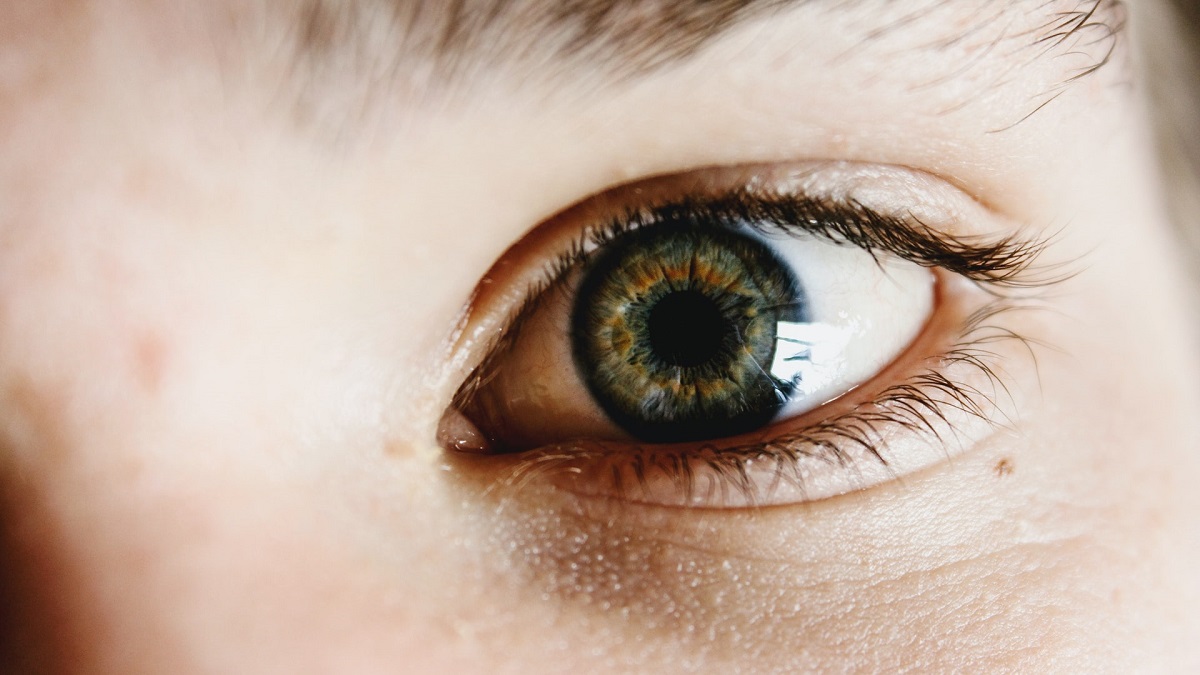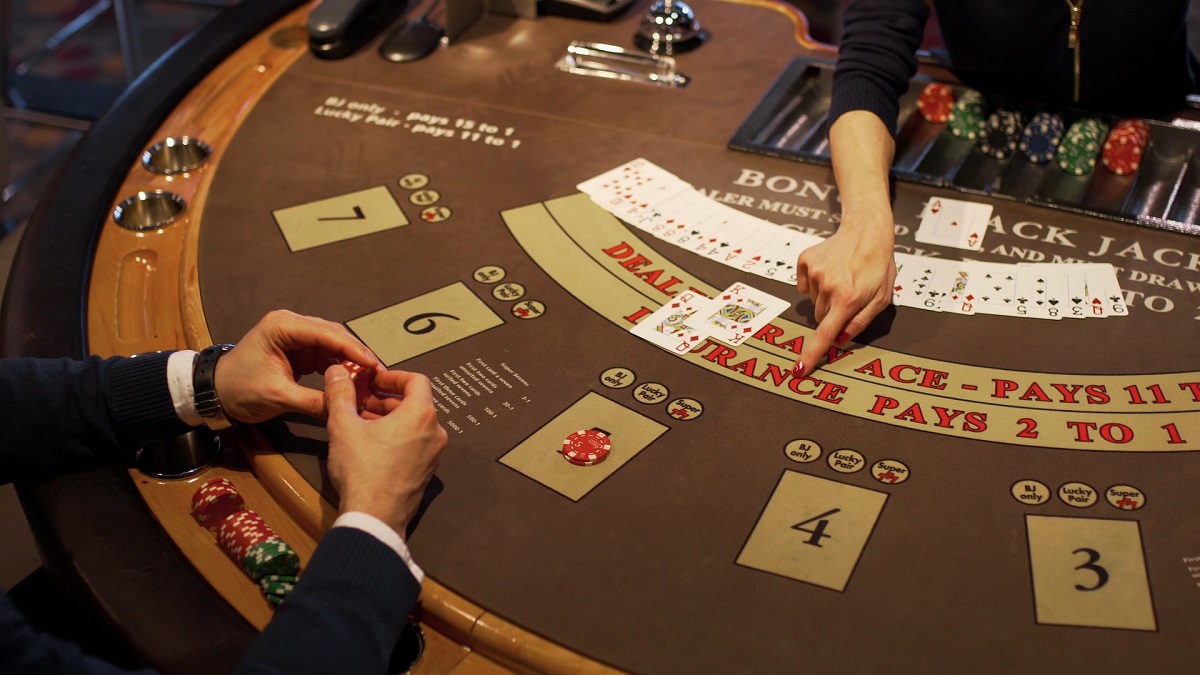Sex and labor trafficking in Armenia
Sex and labor trafficking in Armenia
In 2022, three victims of trafficking were identified in Armenia, two women and one child.
This year two reports on trafficking were published in Armenia by the US Department of State and expert groups of the Council of Europe. They say that Armenia has generally improved its position in the fight against trafficking, but “these efforts are not enough”. Specifically, it said that the crimes are “disproportionately punished”, that is, criminals for the most part do not incur the prescribed punishment.
About trafficking in Armenia according to the reports of international organizations and official statistics, as well as the story of the woman to whom it happened.
- Armenia’s adoption fraud: foreigners pay up to 25 thousand euros for a child
- Single mothers in Armenia – the stories of women who dare to go it alone
- Safe YOU: an application created by Armenian women to help women around the world
Love and trafficking, a personal story:
At 20, one usually dreams of love. But for Agnes [false name], her dream was not to be raped for at least one day.
At the age of 17 she had an unsuccessful relationship and a child out of wedlock. Then another man appeared in her life; the relationship developed rapidly, and very soon they got married.
Having presented fake documents, the husband recognized the paternity of the child. To Agnes it seemed a sign of good things, but “hell began after the wedding.” His paternity became an excuse for forcing her to engage in prostitution, with refusal followed by severe beatings.
The nightmare lasted for about two years until the husband was caught by police.
“In June 2021, this man helped a number of people engage in prostitution, demanded and received money from them every day. Based on the evidence obtained, the 31-year-old man was charged with several points of the Criminal Code of RA.
• trafficking in women,
• forced prostitution,
• provision of knowingly false information to the bodies of registration of acts of civil status.
Arrest was chosen as a measure of prevention”, reads a report from the investigative committee.
This was a rare case when a case of trafficking reached court. For the last five years in Armenia, only six people have been convicted of exploitation.
The most vulnerable are women and children
The expert group of the Council of Europe on anti-trafficking (GRETA) published another report on Armenia. It says that Armenia mainly continues to be the “country of origin of victims of trafficking”, but that internal exploitation is also a problem.
According to the report of European experts, 68 victims were identified in 2017-2021. All of them were citizens of Armenia and were exposed to exploitation in Armenia. Two thirds of the victims were women and girls. They were first subjected to sexual exploitation, then labor.
According to the Armenian Ministry of Labor and Social Affairs, eleven cases of trafficking were registered in 2017, nine in 2018, eight in 2019, and nine in 2020. In 2021, a sharp increase in the number of victims was recorded at 31 people.
Among the victims identified within five years were
- 35 women
- 19 children (13 boys and six girls),
- 14 men.
The most common form of trafficking was sexual exploitation. The total was 34 people, including men.
23 people became victims of labor exploitation. There are also three cases that qualify as “slavery or similar phenomena.”
The number of Armenian citizens who have been exploited in other countries is smaller. Two cases were recorded in Cyprus, Russia and the United Arab Emirates, one each in Georgia and Turkey.
Five foreigners were subjected to labor exploitation in Armenia. In 2018, four Indian men were exploited, and one Iranian was reported in 2019.
The GRETA report states that in Armenia the opportunity for victims of trafficking to receive compensation from perpetrators is illusory. None of the victims has received compensation in the previous five years. There were no convictions for confiscation of property in cases of trafficking.
European experts urge the Armenian authorities to take measures that would guarantee compensation to the victims, as well as using legislation on freezing the assets of those accused of these crimes.
- Every life matters: how people and animals save each other
- 90 seconds: from orphanhood to adulthood in Armenia
- Early marriages in Armenia’s Yazidi community – Personal stories.
Efforts not enough
Trafficking in Armenia continues to be a hidden phenomenon. Most of the victims are not even aware that they have been trafficked.
There is no complete understanding of this phenomenon and the necessary skills of social workers and law enforcement officers, especially in the regions of the country.
In addition, international experts express concern about the inadequacy of legal measures to combat trafficking, and that most cases do not even reach court.
In 2017-2022, 69 criminal cases of exploitation were investigated, but only 13 reached the court. As a result of the judicial investigation, six people were convicted.
Although two-thirds of the cases concerned labor exploitation, no one was convicted on this charge.
A report released by the US State Department states that the Armenian Attorney General’s Office continues to dismiss or reclassify trafficking cases filed by local police departments based on lack of evidence. Moreover, in 2018-19 retrials, seven labor exploitation cases and one sexual exploitation case were dismissed for lack of corpus delicti.
What the state is doing
In 2022 the government allocated 40.2 million drams [about $100,000] for victim protection measures and funding for a shelter created by a public organizations. This is twice the amount allocated in 2019-2020.
Compared to previous years there was no increase in trafficking cases in 2022, says Kristine Hovhannisyan, head of the Equal Rights Department at the Ministry of Labor. This year the Victim Identification Commission identified three people who were exploited.
“True, there are cases that are still being investigated by law enforcement agencies. It is possible that, based on their results, new cases will be submitted to the commission and the number of victims will increase. All identified persons have already received the services offered by the state, in particular, financial assistance, temporary housing,” Hovhannisyan says.
She also said that in the next three years it is planned to revise the national program to combat trafficking and exploitation. She outlines a new focus on the reintegration of victims and providing them with more substantial funds:
“In addition, in the coming years we will try to improve the knowledge and skills of specialists. We have already introduced a training module on trafficking as a special course for students of YSU Faculty of Social Work. They are also doing training for social workers in the regions of the country and specialists from the unified social service. Our goal is for them to work more sensitively with victims of trafficking.”
Sex and labor trafficking in Armenia





















